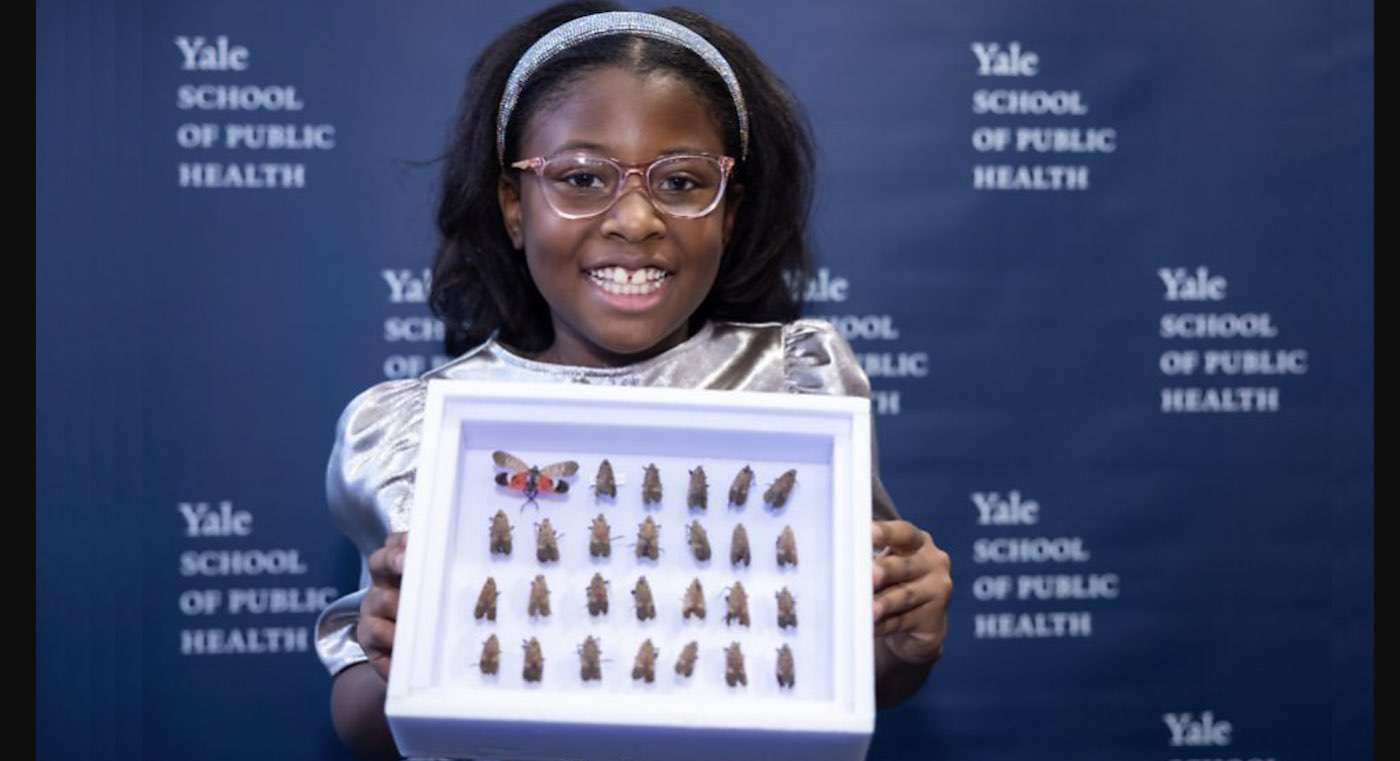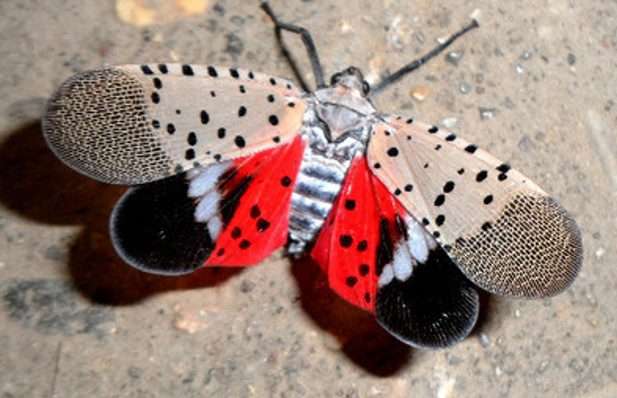Pentagon Reverses Ruling on the Release of Art Made by Guantanamo Bay Detainees
In a rare moment of criminal justice, Guantánamo Bay detainees managed to win themselves some rights, but not the ones you might imagine.

When 9-year-old Bobbi Wilson heard about the Hoboken campaign to eradicate the spotted lanternfly, she took the message to heart, whipped up some homemade, non-toxic, spotted lanternfly poison out of vinegar, and headed out to do her part.
Yale decided to highlight this citizen scientist, as she donated her collection of 27 laternflies to the Peabody Museum of Natural History database, and received the title "donor scientist."
"We wanted to show… how inspiring she is, and we just want to make sure she continues to feel honored and loved by the Yale community," Ijeoma Opara, an assistant professor at the school, said in a statement.
The invasive spotted lanternfly can cause huge damage to ecosystems, and currently New Jersey is suffering from a bit of an infestation.
It's an unfortunate thing as the lanternfly is quite beautiful, but its piercing-sucking talons can damage over 70 species of native and ornamental plants but have a preference for high-value ag commodities like grapes and stonefruit.
Native to China, they are typically kept in check via parasitic wasps and were accidentally introduced to the United States in 2014. Feeding on plant sap, their bodies create a sugary excretion called honeydew which collects on or around trees and cultivates sooty molds which can lead to tree death.

Wilson was joining in New Jersey's "Stomp it Out" campaign to help clear out the winged devils from the state. The campaign recommends three things: killing any individuals seen on one's property, scraping off the "egg masses" which are greyish slimes that contain between 30 and 50 eggs that they lay in wintertime, and cutting down about 90% of all the Ailanthus altissima trees, also known as the "tree of heaven," which belies its presence as an invasive pest species.
NJ believes that if 90% of all the trees are cleared, the remaining 10% can be used as "trap trees." The tree of heaven is a critical symbiotic species for the lanternflies, and they'll inevitably be drawn there, and if the tree were say, poisoned, exterminated.
They are currently found in Virginia, Pennsylvania, New York, and Massachusetts as well as New Jersey.
SHARE This Awesome Young Woman And Her Important Mission…
Be the first to comment